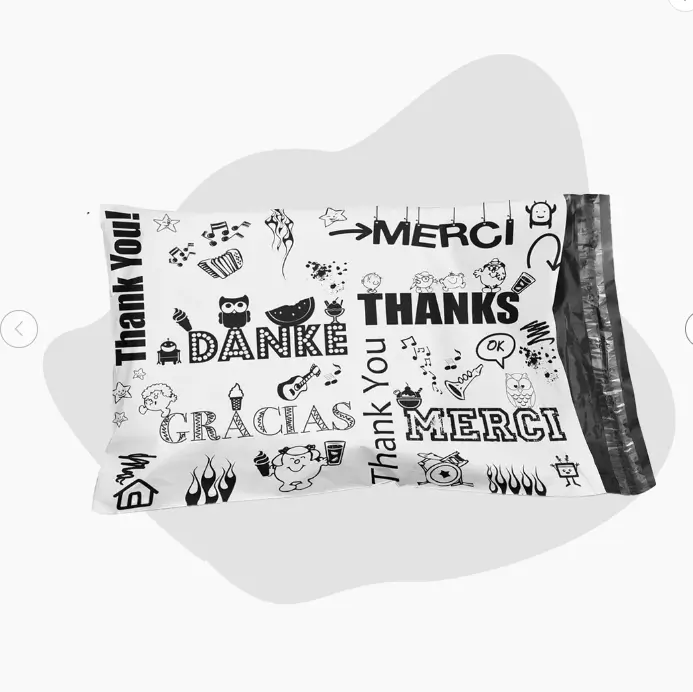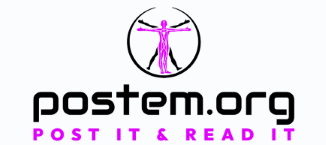Designing Mailers
In the digital age, where emails flood inboxes and online advertisements compete for attention, the traditional mailer has made a remarkable comeback. Design mailers have evolved into powerful marketing tools that can capture attention, convey messages effectively, and drive engagement. Whether you’re a small business owner, a marketing professional, or someone looking to promote an event, understanding how to design compelling mailers is crucial. This guide delves into the key aspects of designing mailers that not only stand out but also achieve your marketing goals.

Understanding Mailers
Mailers, often referred to as direct mail, are physical pieces of promotional material sent to a targeted audience. They can range from postcards and flyers to brochures and catalogs. Unlike digital advertisements, mailers offer a tangible experience, allowing recipients to engage with the material in a more personal and memorable way.
Importance of Design in Mailers
The design of a mailer plays a pivotal role in its effectiveness. A well-designed mailer can:
Capture Attention: In a pile of mail, your mailer needs to stand out. Eye-catching design elements like vibrant colors, unique shapes, and high-quality images can make your mailer impossible to ignore.
Convey Your Message Clearly: Design helps in organizing information in a way that is easy to read and understand. Clear headings, concise text, and strategic use of white space can enhance readability.
Reflect Your Brand Identity: Consistent design elements like logos, color schemes, and typography help in reinforcing your brand identity, making your mailer instantly recognizable.
Encourage Action: A well-designed mailer guides the recipient towards taking a desired action, whether it’s visiting a website, making a purchase, or attending an event.
Key Elements of Effective Mailer Design
Eye-Catching Headline: The headline is the first thing recipients will see. It should be bold, clear, and compelling. Use a font size that stands out and ensure the message is succinct yet impactful.
Visual Hierarchy: Organize your content so that the most important information catches the eye first. Use larger fonts for headlines, bold text for key points, and strategically placed images to guide the reader’s journey through the mailer.
High-Quality Images: Visuals are crucial in grabbing attention and conveying messages quickly. Use high-resolution images that are relevant to your message and enhance the overall aesthetic of the mailer.
Consistent Branding: Incorporate your brand’s colors, fonts, and logo consistently throughout the mailer. This not only reinforces brand recognition but also adds a professional touch to your design.
Clear Call-to-Action (CTA): Every mailer should have a clear and compelling CTA. Whether it’s “Visit our website,” “Call now,” or “Use this coupon,” the CTA should be prominent and easy to understand.
Readable Typography: Choose fonts that are easy to read and appropriate for your brand. Avoid using too many different fonts, which can make the design look cluttered and unprofessional.
Use of White Space: Don’t overcrowd your mailer with too much text or too many images. White space helps in making the design breathable and allows important elements to stand out.
Personalization: Personalized mailers that address the recipient by name or cater to their specific interests can significantly increase engagement rates. Personalization shows that you value the recipient and have tailored the message specifically for them.
Types of Mailers and Their Design Considerations
- Postcards: Simple and cost-effective, postcards are ideal for brief messages and quick promotions. Focus on a strong visual and a clear, concise message. Ensure that the design is compelling enough to encourage the recipient to take action without overwhelming them with information.
- Flyers: More versatile than postcards, flyers can provide detailed information about events, products, or services. Use a balanced layout with sections for different types of information, and incorporate visuals to break up text and maintain interest.
- Brochures: Brochures offer ample space to present comprehensive information. Utilize a tri-fold or bi-fold layout to organize content logically. High-quality images and detailed descriptions work well in brochures, making them suitable for in-depth marketing campaigns.
- Catalogs: For businesses with a wide range of products, catalogs are essential. Ensure that the design allows for easy navigation, with clear categories and product images. Consistent formatting and detailed product descriptions enhance the user experience.
Best Practices for Designing Mailers
Know Your Audience: Understanding your target audience is fundamental to designing an effective mailer. Tailor the design elements to resonate with their preferences, needs, and behaviors.
Keep It Simple: Avoid clutter by focusing on essential information and design elements. A clean and simple design is often more effective in conveying your message clearly.
Use High-Contrast Colors: High-contrast color schemes can make your mailer more readable and visually appealing. Ensure that text stands out against the background to enhance readability.
Incorporate a Strong Visual Theme: A cohesive visual theme that aligns with your brand and message creates a unified and professional look. Whether it’s modern, classic, playful, or elegant, ensure consistency throughout the design.
Proofread and Test: Before finalizing your mailer, proofread all text for errors and test the design to ensure it looks good in both digital and printed formats. A flawless design reflects professionalism and attention to detail.
Designing mailers requires a blend of creativity, strategic planning, and an understanding of your audience. By focusing on key design elements such as eye-catching headlines, high-quality images, consistent branding, and clear calls-to-action, you can create mailers that not only capture attention but also drive meaningful engagement. In an era where digital noise is rampant, a well-designed mailer can make a lasting impression and provide a tangible connection to your audience. Embrace the power of design mailers to enhance your marketing efforts and achieve your business objectives.












